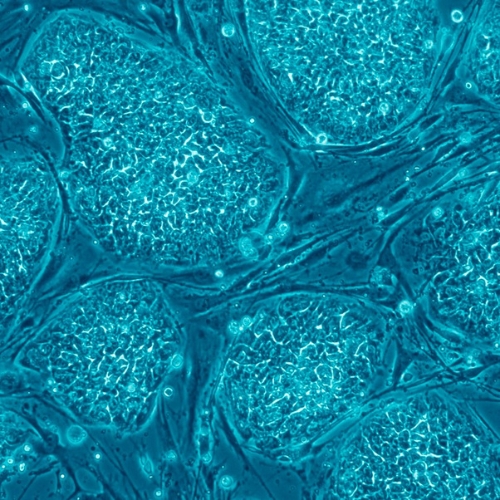Key points from article :
Researchers have developed a way to guide stem cells into forming specific tissues and organs, opening new possibilities for addressing complex diseases like diabetes and Parkinson’s disease. By creating synthetic organizer cells, scientists have taken a significant step toward advancing regenerative medicine and personalized healthcare. These engineered cells provide precise instructions to stem cells, directing them to grow into specific structures and potentially entire organs.
A collaboration between Cedars-Sinai Health Sciences University and UCSF has led to this breakthrough. Synthetic organizers mimic natural organizer cells, which play a vital role in early embryonic development by signaling stem cells to differentiate. “We can use these synthetic organizers to push the stem cells toward making different parts of the early embryo or toward making a heart or other organs,” said Ophir Klein, MD, PhD, a co-corresponding author of the study.
To create these organizers, researchers used cell adhesion molecules (CAMs) and morphogens—proteins that influence cell fate through concentration gradients. These synthetic organizers were designed to express specific morphogens like WNT3A and its antagonist DKK1, allowing scientists to guide stem cells with remarkable precision. In their experiments, they directed stem cells to form a mouse body structure and a beating, heart-like organ complete with blood vessels. This unprecedented control was achieved using chemical switches to regulate morphogen signals and a "suicide switch" to eliminate organizer cells when necessary.
“This type of synthetic organizer cell platform provides a new way to interface with stem cells and to program what they develop into,” explained Wendell Lim, PhD, the study’s other co-corresponding author. The ability to control stem cell differentiation opens the door to growing organs for transplantation, modeling diseases, and regenerating tissues in living patients.
The implications are immense. Synthetic organizers could enable the creation of insulin-producing beta cells for diabetes or neurons to treat Parkinson’s disease, offering new approaches to tackling chronic and genetic conditions. “The remarkable science of programming instructions to coax stem cells could one day open the door to tackle complex diseases,” Klein said.
This study, published in Cell, represents a leap forward in regenerative medicine, providing a powerful tool to guide stem cell development and unlocking possibilities that were previously unimaginable.






